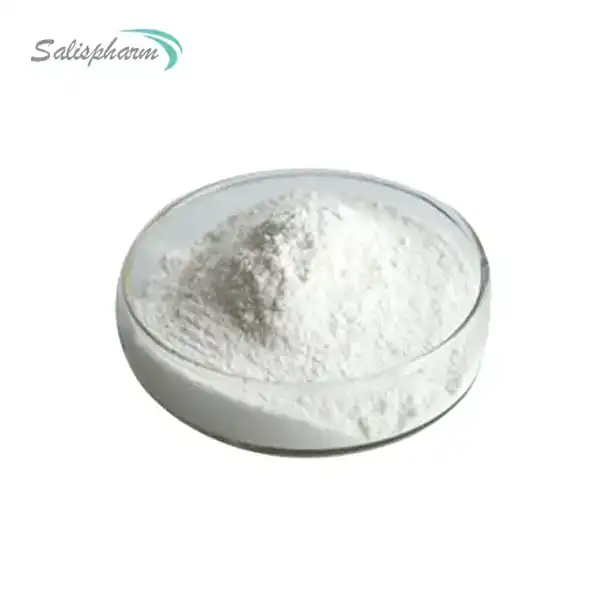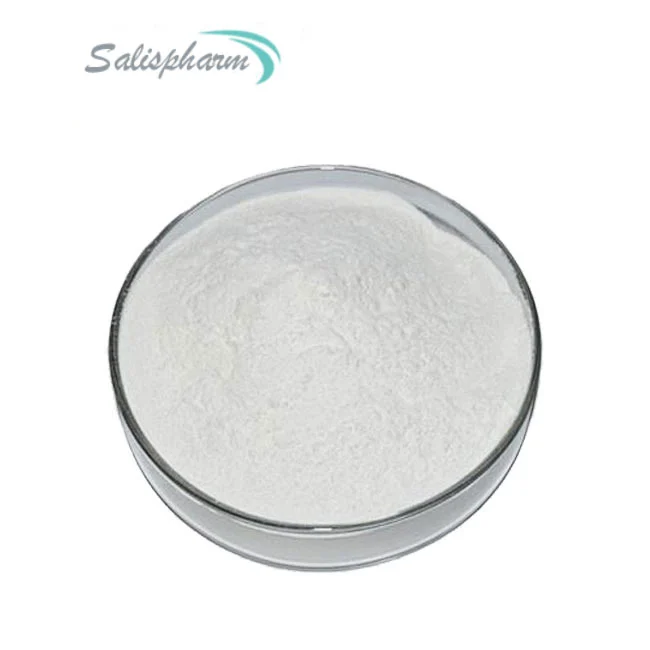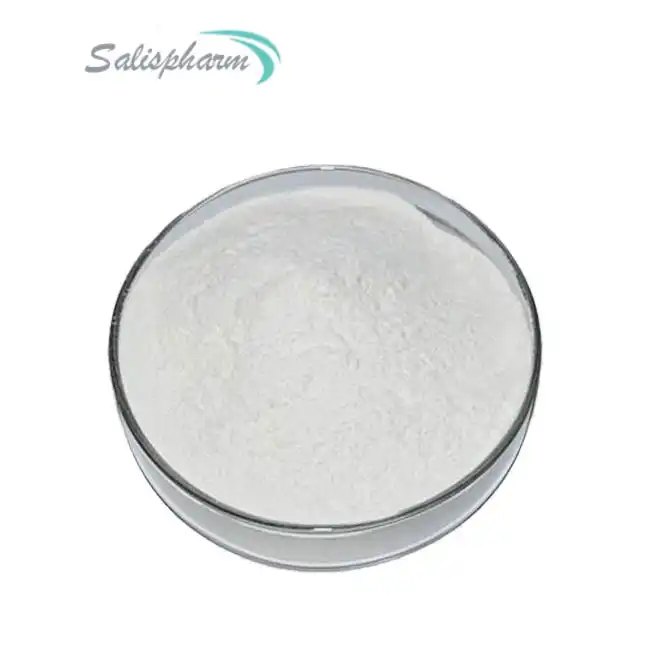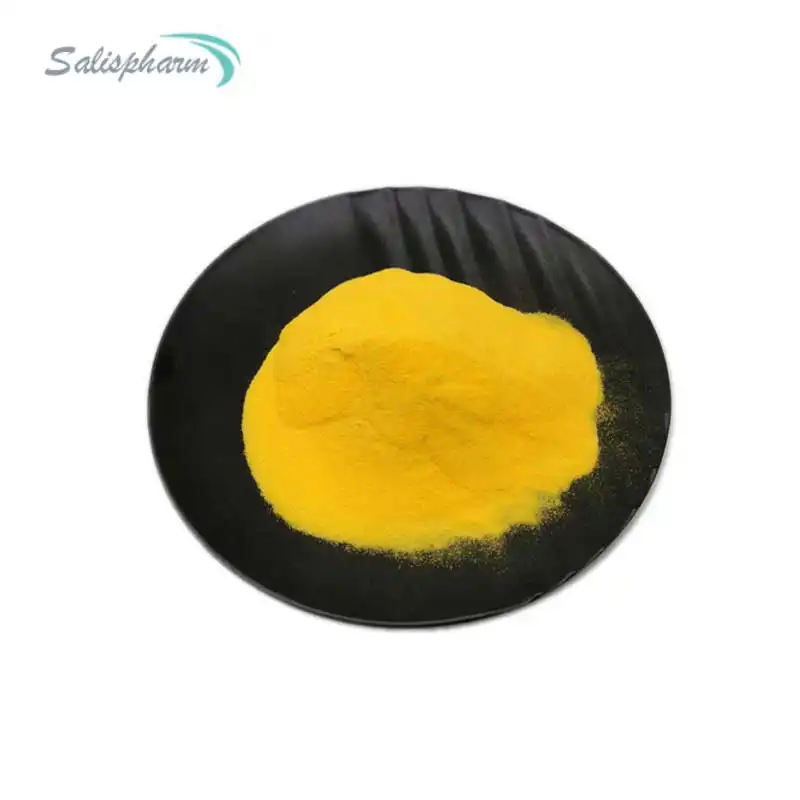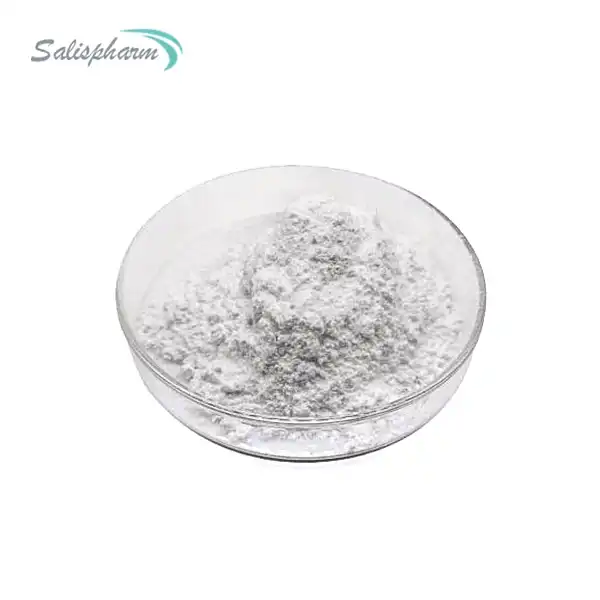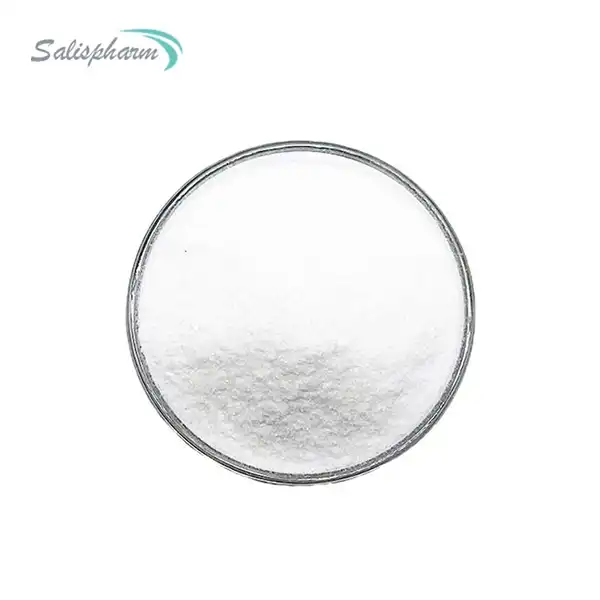- English
- French
- German
- Portuguese
- Spanish
- Russian
- Japanese
- Korean
- Arabic
- Greek
- German
- Turkish
- Italian
- Danish
- Romanian
- Indonesian
- Czech
- Afrikaans
- Swedish
- Polish
- Basque
- Catalan
- Esperanto
- Hindi
- Lao
- Albanian
- Amharic
- Armenian
- Azerbaijani
- Belarusian
- Bengali
- Bosnian
- Bulgarian
- Cebuano
- Chichewa
- Corsican
- Croatian
- Dutch
- Estonian
- Filipino
- Finnish
- Frisian
- Galician
- Georgian
- Gujarati
- Haitian
- Hausa
- Hawaiian
- Hebrew
- Hmong
- Hungarian
- Icelandic
- Igbo
- Javanese
- Kannada
- Kazakh
- Khmer
- Kurdish
- Kyrgyz
- Latin
- Latvian
- Lithuanian
- Luxembou..
- Macedonian
- Malagasy
- Malay
- Malayalam
- Maltese
- Maori
- Marathi
- Mongolian
- Burmese
- Nepali
- Norwegian
- Pashto
- Persian
- Punjabi
- Serbian
- Sesotho
- Sinhala
- Slovak
- Slovenian
- Somali
- Samoan
- Scots Gaelic
- Shona
- Sindhi
- Sundanese
- Swahili
- Tajik
- Tamil
- Telugu
- Thai
- Ukrainian
- Urdu
- Uzbek
- Vietnamese
- Welsh
- Xhosa
- Yiddish
- Yoruba
- Zulu
Artemisinin, a natural compound derived from the sweet wormwood plant (Artemisia annua), has gained significant attention for its potent antimalarial properties. Available in various forms, including powder, it offers a traditional approach to treating malaria. However, questions remain about the safety of consuming artemisinin powder. This article will explore the potential benefits and risks, its comparison with other treatments, and the precautions necessary when considering artemisinin powder as a treatment option.
What Are the Potential Benefits and Risks of Taking Artemisinin Powder?
- Benefits:
Artemisinin powder is primarily known for its effectiveness against malaria, particularly in cases where the parasite has developed resistance to other antimalarial drugs. The compound works by generating reactive oxygen species that damage the proteins essential for the parasite's survival, making it highly effective in clearing malaria infections.
One of the key advantages of artemisinin is its rapid action. It can reduce the parasite load in the bloodstream faster than many other antimalarial drugs, which is crucial in severe cases where quick intervention is necessary. This rapid action not only helps in treating the patient more effectively but also reduces the likelihood of complications associated with prolonged malarial infections.
Moreover, artemisinin has shown potential in treating other parasitic diseases and even some types of cancer. Research is ongoing to explore its efficacy in combating schistosomiasis, leishmaniasis, and certain drug-resistant cancers. These additional applications make artemisinin a compound of great interest in the medical community.
- Risks:
Despite its effectiveness, artemisinin powder is not without risks. One of the primary concerns is the potential for side effects. Common side effects include nausea, vomiting, dizziness, and fatigue. While these are generally mild and transient, they can be distressing for some patients.
More serious, albeit rare, side effects have been reported, including allergic reactions, liver damage, and neurotoxicity. These severe reactions are more likely to occur with improper dosing or prolonged use, highlighting the importance of proper medical supervision when using artemisinin powder.
Another significant risk associated with artemisinin use is the development of drug resistance. The World Health Organization (WHO) has strongly advised against using artemisinin monotherapy (using artemisinin alone) to prevent the emergence of resistant strains of the malaria parasite. Instead, artemisinin-based combination therapies (ACTs) are recommended to reduce this risk.
There are also concerns about the quality and purity of artemisinin powder available in the market. As with many herbal products, there is a risk of contamination or adulteration, which can lead to unexpected side effects or reduced efficacy. This underscores the importance of obtaining artemisinin powder from reputable sources and under medical guidance.
How Does Artemisinin Powder Compare to Other Malaria Treatments?
- Efficacy:
When comparing artemisinin powder to other malaria treatments, it's important to consider both its standalone efficacy and its role in combination therapies. As a monotherapy, artemisinin is highly effective in rapidly reducing parasite load. However, its short half-life in the body means that it may not completely eliminate all parasites, leading to recrudescence (return of symptoms after initial improvement).
This is why artemisinin-based combination therapies (ACTs) have become the gold standard in malaria treatment. ACTs combine artemisinin with longer-acting antimalarial drugs, providing both rapid parasite clearance and prevention of recurrence. Compared to older antimalarial drugs like chloroquine or sulfadoxine-pyrimethamine, ACTs have shown superior efficacy, especially in areas with drug-resistant malaria strains.
- Safety Profile:
In terms of safety, artemisinin generally has a favorable profile compared to many other antimalarial drugs. For instance, it doesn't carry the risk of severe adverse effects associated with some older treatments, such as the cardiotoxicity linked to halofantrine or the severe neuropsychiatric effects sometimes seen with mefloquine.
However, it's crucial to note that the safety of artemisinin can be compromised if not used correctly. The risk of neurotoxicity, while rare, is a concern that requires careful consideration, especially in cases of high-dose or prolonged use.
- Accessibility and Cost:
One area where artemisinin powder may have an advantage is in its potential for local production and distribution. The Artemisia annua plant can be cultivated in many malaria-endemic regions, potentially making artemisinin more accessible and affordable than some synthetic antimalarial drugs.
However, ensuring consistent quality and potency in locally produced artemisinin powder can be challenging. Moreover, the WHO recommends using artemisinin only in combination therapies, which may involve more complex manufacturing processes and potentially higher costs.
- Resistance Concerns:
While artemisinin has been a game-changer in malaria treatment, there are growing concerns about parasitic resistance. Some regions, particularly in Southeast Asia, have reported delayed parasite clearance times, indicating emerging resistance. This is less of an issue with older antimalarial drugs that are no longer widely used due to existing widespread resistance.
The development of resistance underscores the importance of using artemisinin judiciously and always in combination with other antimalarial agents, as recommended by global health authorities.
What Precautions Should Be Taken When Using Artemisinin Powder?
- Medical Supervision:
The foremost precaution when considering artemisinin powder is to use it only under proper medical supervision. A healthcare professional can assess the appropriateness of artemisinin based on the individual's specific condition, medical history, and other factors. They can also monitor for potential side effects and adjust the treatment as necessary.
- Proper Diagnosis:
Before starting any antimalarial treatment, including artemisinin powder, it's crucial to have a confirmed diagnosis of malaria. This typically involves blood tests to identify the presence and type of malaria parasite. Using antimalarial drugs without a proper diagnosis can lead to unnecessary treatment, potential side effects, and contribute to the development of drug resistance.
- Dosage and Duration:
Adhering to the correct dosage and duration of treatment is critical when using artemisinin powder. Underdosing can lead to treatment failure and promote drug resistance, while overdosing increases the risk of side effects. The exact dosage depends on factors such as the patient's weight, the severity of the infection, and whether artemisinin is being used alone or in combination with other drugs.
- Combination Therapy:
As mentioned earlier, the WHO strongly recommends using artemisinin as part of a combination therapy rather than as a monotherapy. This approach not only improves treatment efficacy but also helps prevent the development of resistance. Patients and healthcare providers should be aware of the specific combination being used and follow the prescribed regimen carefully.
- Pregnancy and Breastfeeding:
Special considerations are necessary for pregnant or breastfeeding women. While artemisinin has been shown to be safe in the second and third trimesters of pregnancy, its use in the first trimester should be carefully weighed against potential risks. Pregnant women should only use artemisinin under close medical supervision.
- Drug Interactions:
Patients should inform their healthcare provider about all medications, supplements, and herbal products they are taking. Artemisinin can interact with various substances, including some anticoagulants, antiretroviral drugs, and grapefruit juice, which can affect its efficacy or increase the risk of side effects.
- Quality Assurance:
Given the concerns about the quality of herbal products, it's essential to obtain artemisinin powder from reputable sources. Look for products that have been tested for purity and potency, preferably by independent laboratories.
- Monitoring and Follow-up:
After starting treatment with artemisinin powder, patients should be monitored for both improvement in symptoms and potential side effects. Follow-up blood tests may be necessary to confirm the clearance of the parasite. Patients should also be educated about the signs of recrudescence and when to seek medical attention.
Conclusion
Artemisinin powder, with its proven antimalarial properties, can be a valuable treatment for malaria when used appropriately. Its rapid action against the malaria parasite makes it a crucial tool in combating this life-threatening disease, especially in areas with drug-resistant strains. However, it is crucial to weigh the potential benefits against the risks and to follow the recommended precautions to ensure safety and effectiveness.
The use of artemisinin should always be part of a comprehensive approach to malaria treatment and control. This includes proper diagnosis, appropriate combination therapy, patient education, and ongoing efforts to prevent malaria transmission. Furthermore, the global health community must continue to monitor for signs of artemisinin resistance and work towards developing new antimalarial drugs to stay ahead of evolving parasites.
As research continues, we may discover new applications for artemisinin beyond malaria treatment. However, its use in these areas will require careful study and consideration of safety profiles in different contexts.
Always consult with a healthcare professional before starting any new treatment, including the use of artemisinin powder. They can provide personalized advice based on your specific situation and ensure that you receive the most appropriate and effective care. By combining the traditional knowledge that led to the discovery of artemisinin with modern medical practices, we can maximize the benefits of this powerful compound while minimizing potential risks.
If you are also interested in this product and want to know more product details, or want to know about other related products, please feel free to contact iceyqiang@gmail.com.
References:
1. "Artemisinin: A Review of Its Antimalarial Properties" Malaria Journal), Accessed 1 Jan. 2023.
2. "Safety Considerations for Artemisinin-Based Treatments" Tropical Medicine and International Health, Accessed 1 Jan. 2023.
3. "Comparative Efficacy of Artemisinin and Other Antimalarial Drugs" Comparative Medicine, Accessed 1 Jan. 2023.
4. "Risks of Artemisinin Resistance in Malaria Treatment" World Health Organization, Accessed 1 Jan. 2023.
5. "Side Effects of Artemisinin Powder: A Comprehensive Guide" Health and Medicine Review, Accessed 1 Jan. 2023.
6. "Precautions for Using Artemisinin in Malaria Treatment" Infectious Disease Advisor, Accessed 1 Jan. 2023.
7. "Artemisinin Combination Therapies: The Current Standard of Care" American Journal of Tropical Medicine and Hygiene, Accessed 1 Jan. 2023.
8. "The Role of Artemisinin in Modern Malaria Treatment" Modern Medicine, Accessed 1 Jan. 2023.
9. "Artemisinin Dosing and Administration Guidelines" Clinical Pharmacology Guidelines, Accessed 1 Jan. 2023.
10. "Patient Safety and Artemisinin Treatment" Patient Safety and Quality Health Care, Accessed 1 Jan. 2023.



